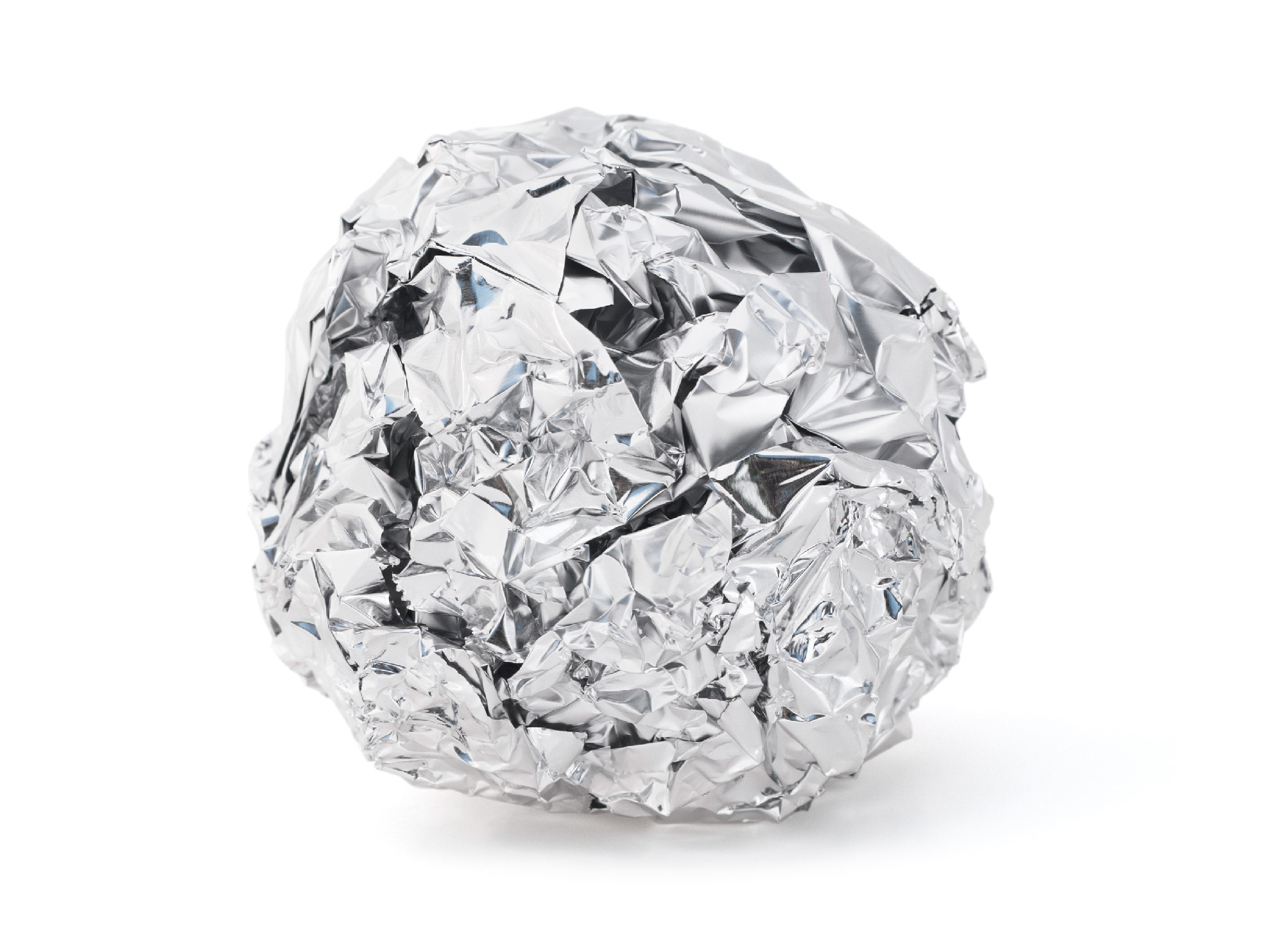Rust is unsightly – especially when it comes to your dishwasher. It also comes with questions: Is it safe? When you spot it, can you spot treat it, or is time to get a new one?
We’re stacking up facts about rust on your dishwasher rack, so join us as we debunk myths and show you how the inside of your dishwasher can be saved.
Pro Tip: Lean on your owner’s manual for the best practices for your home’s dishwasher.
Rust on a dishwasher rack: Is it harmful?
Let’s start with the fundamentals. When iron is exposed to oxygen and water, it gets broken down, forming rust. According to the EPA (Environmental Protection Agency), though touching or ingesting rust in small quantities is unlikely to cause harm, the goal is to keep your rust exposure at zero.
With all the water that gets sprayed around your metal dishwasher, rust can be par for the course, and it can develop for a few reasons:
- Rust has formed in your dishwasher due to wear and tear (whether stainless steel or plastic)
- The plumbing connected to your dishwasher is old
- The plumbing connected to your dishwasher is poorly aligned
- Rusty items are being run through dishwasher cycles and spreading rust
Pro Tip: If the water used in the rinse cycle leans salty, this can make rust worse, and do so faster. If yours is designed for it, consider using dishwasher salt and running an empty wash cycle to balance things out.
How rust can ruin things
If rust is starting to develop inside your dishwasher, you may notice the following signs:
- Stains on cutlery
- Rings left by cookware (which is better off washed by hand)
- Spots or flakes at the bottom of your dishwasher
- Dishwasher yellowing
- Components of your dishwasher starting to form rust
Now that you know the “why” and the “what”, let’s tackle the rust – oops, the rest!

How to fix a rusty dishwasher rack
When you see rust start to take over your dishwasher, you’ll be tempted to jump into action immediately. Be sure to identify and address the source(s) of rust, checking all possible causes monthly to know where and what to clean as needed at the first sign of rust.
Begin your cleaning with one or multiple of the following methods, checking your dishwasher manual for compatibility with your machine first.
Chemical-free rust repair
Begin your rust removal process with these all-natural remedies, especially if you catch it early.
- If your dishwasher is not stainless steel, you can spot treat any rust with steel wool.
- You can also crumple a small ball of aluminum foil to do the same.
- Got an old potato? Cut it in half, sprinkle dish soap and salt (or baking soda) on the sliced end, rub to remove rust, then rinse and dry.
- While you’re using food as cleaners, consider applying cola to an old toothbrush to scrub the rust away.

Remove rust with more power
If you’re looking for something a bit more potent, try one of the solutions below.
- General household cleaners specifically designed to handle rust.
- Use a cleaner specifically designed to get rid of rust in your home’s dishwasher.
Pro Tip: Follow the package instructions, and use a smaller/more diluted amount than you think you may need. Avoid harsher industrial cleaners, like hydrochloric or muriatic acid, unless absolutely necessary.
Whichever method you use, make sure the tools you’re using (e.g., brushes and rags) can really get in there to knock out all the rust. Once done, remove the rust and clean the dishwasher rack, walls, etc., by running an empty cycle and letting it dry.
Now, you’ve got the skills and the supply list to get rid of rust whenever it arises!
Have you tried any of these methods before? Tell us on Facebook, LinkedIn, or Instagram!

